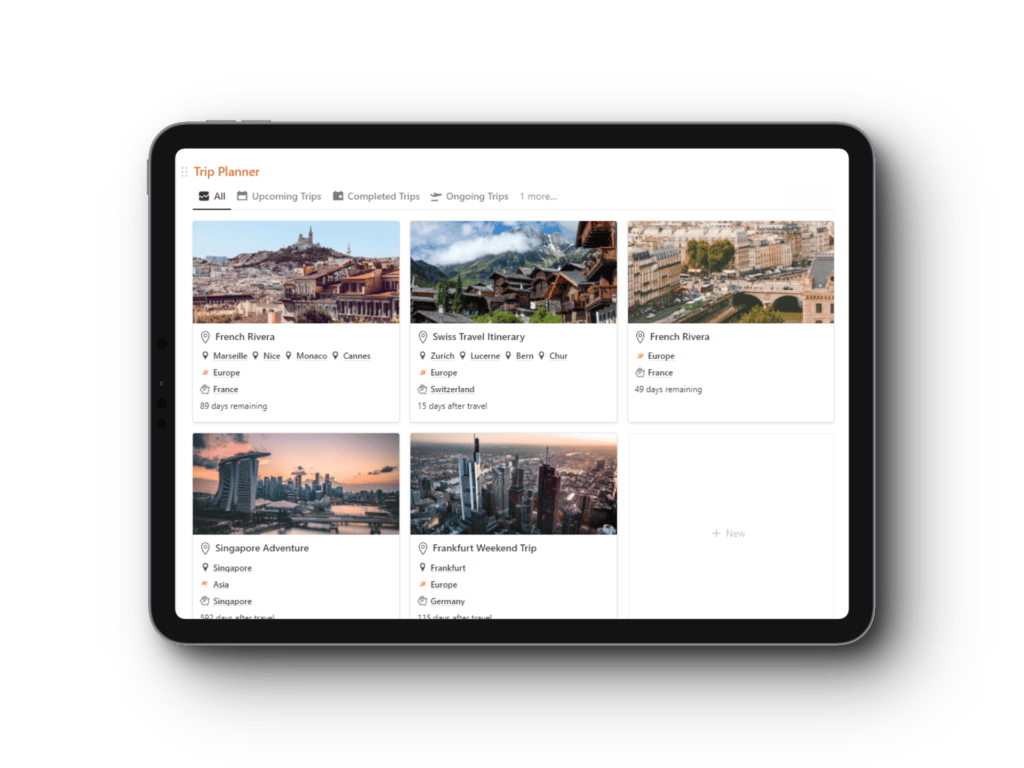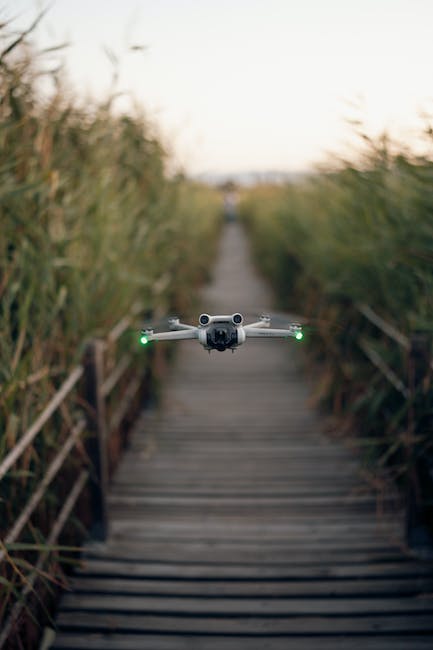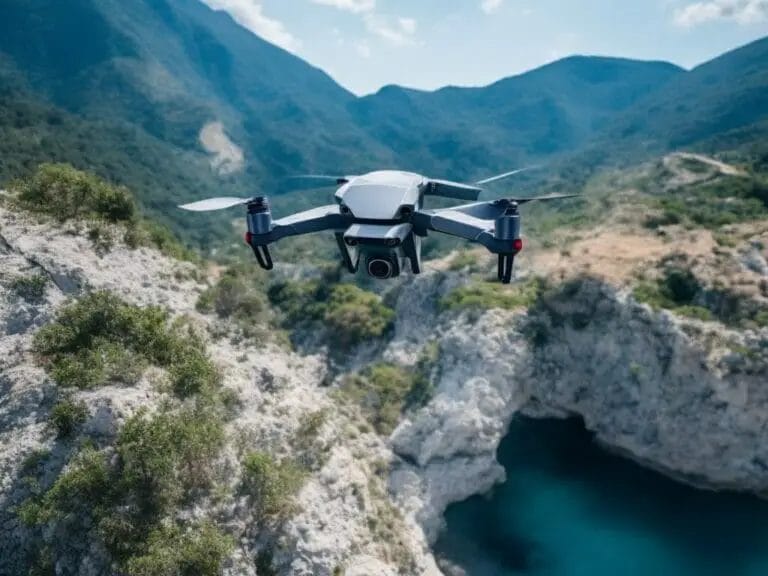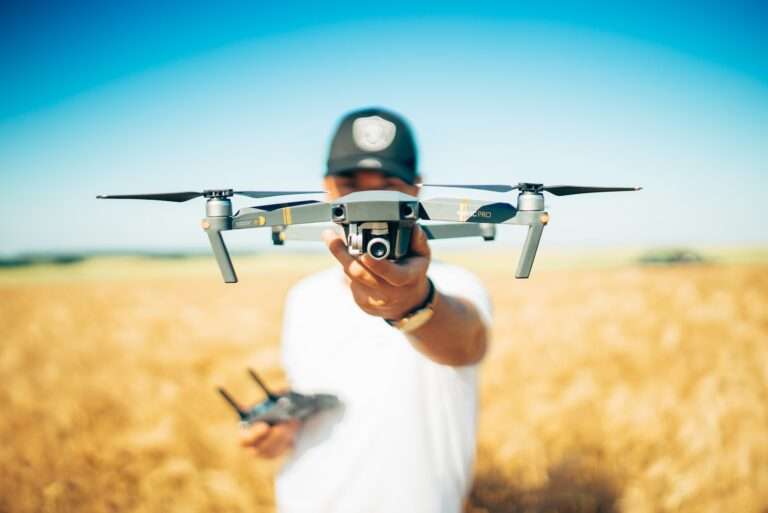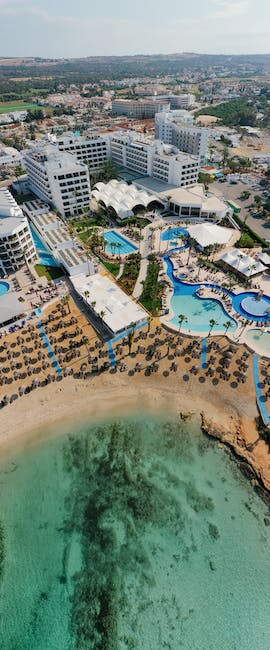The Dos and dont of Flying Drones in Finland: A Comprehensive Guide
Drones have become increasingly popular in Finland, with more and more people taking up the hobby of flying these unmanned aerial vehicles. Whether it’s for recreational purposes or professional use, drones offer a unique perspective and the ability to capture stunning aerial footage.
However, it is important for drone pilots to understand the rules and regulations of flying drones in Finland to ensure safety and compliance with the law.
Quick Tip: Discover how to obtain your EU Drone License quickly and effortlessly with Drone Class’s expert guidance. 📜🤝 Say goodbye to the hassles of navigating the bureaucratic maze and say hello to flying high in Spain legally and confidently! 🌄🚀
Understanding the Rules and Regulations of Flying Drones in Finland
The Finnish Aviation Authority, also known as Trafi, has established regulations for drone pilots to ensure safe and responsible flying. These regulations are designed to protect the airspace and the privacy of individuals. The regulations categorize drones into different classes based on their weight and capabilities, with each class having its own set of rules.
For drones weighing less than 250 grams, no license is needed but registration is required. Drones weighing between 250 grams and 25 kilograms require a drone pilot license, which can be obtained by passing an online exam.
There are also restrictions on flying drones in certain areas, such as airports, military installations, and national parks. It is important for drone pilots to familiarize themselves with these restrictions and obtain any necessary permissions or permits before flying in these areas.
I find it really easy to register a drone in Finland and the fees and all is also mentioned explicitly. You can check that here
Getting a License and Registering Your Drone: What You Need to Know
To obtain a drone pilot license in Finland, individuals must pass an online exam administered by Trafi. The exam covers topics such as airspace regulations, safety procedures, and emergency protocols. Once the exam is passed, a drone pilot license is issued, which is valid for five years.
In addition to obtaining a license, drone pilots must also register their drones with Trafi. This can be done online by providing the necessary information about the drone, such as its make, model, and serial number. There is a fee associated with registering a drone, which varies depending on the weight of the drone.
Registration costs 30€ for 1 year, 75€ for 3 years or 100€ for 5 years (updated September 2023)
It is important for drone pilots to keep their license and registration up to date, as failure to do so can result in fines and penalties. Additionally, it is recommended to carry proof of license and registration while flying the drone, as authorities may request to see these documents.
Choosing the Right Location for Flying Your Drone in Finland
When choosing a location for flying your drone in Finland, there are several factors to consider. First and foremost, it is important to choose a location that is safe and legal for drone flying. This means avoiding restricted areas, such as airports and military installations, and respecting the privacy of individuals by not flying over private property without permission.
There are several recommended locations for drone flying in Finland, such as national parks and nature reserves. These areas offer stunning landscapes and wildlife, providing ample opportunities for capturing breathtaking aerial footage. However, it is important to check if any permits or permissions are required before flying in these areas.
If you wish to fly your drone in a restricted area, such as a city centre or a private property, it is important to obtain permission from the relevant authorities or property owners.
This can usually be done by contacting the local municipality or property owner and explaining the purpose of the drone flight. It is important to be respectful and understanding if permission is not granted, as the privacy and safety of individuals should always be a priority.
Safety Tips for Flying Your Drone in Finland: Avoiding Accidents and Mishaps
Safety should always be the top priority when flying a drone. Before each flight, it is important to conduct pre-flight safety checks and procedures.
This includes checking the battery level, ensuring the propellers are securely attached, and inspecting the drone for any damage or malfunctions. It is also important to check the weather conditions before flying, as strong winds or rain can affect the stability and control of the drone.
When flying the drone, it is important to maintain a safe distance from other aircraft and obstacles. This includes avoiding flying near airports or in the vicinity of manned aircraft.
It is also important to be aware of any obstacles, such as trees or buildings, that may pose a risk to the drone. Maintaining a visual line of sight with the drone at all times is crucial to ensure safe and controlled flying.
In the event of an accident or malfunction, it is important to have emergency procedures in place. This includes knowing how to safely land the drone in case of a loss of control or battery failure.
It is also important to have a plan for retrieving the drone in case it becomes stuck in a tree or other inaccessible location. Having a backup battery and spare parts on hand can also be helpful in case of emergencies.
Pre-Flight Checklist: Essential Steps to Take Before Launching Your Drone
Before launching your drone, it is important to go through a pre-flight checklist to ensure everything is in order. This checklist should include essential items such as checking the battery level and ensuring it is fully charged.
It is also important to check the propellers and make sure they are securely attached and not damaged. Inspecting the drone for any signs of wear or damage is also crucial to ensure safe and reliable flying.
In addition to checking the drone itself, it is important to check the weather conditions before flying. Strong winds or rain can affect the stability and control of the drone, so it is important to choose a day with calm weather for flying.
It is also important to check if there are any airspace restrictions or temporary flight restrictions in place that may affect your planned flight.
Finally, it is important to ensure that you have all the necessary equipment and accessories for flying your drone. This includes a fully charged remote controller, spare batteries, and a memory card for storing the footage. It is also important to have a smartphone or tablet with the necessary apps installed for controlling and monitoring the drone.
Best Practices for Capturing Stunning Aerial Footage in Finland
One of the main reasons people fly drones is to capture stunning aerial footage. To ensure high-quality footage, there are several tips and techniques that can be followed.
First and foremost, it is important to choose the right camera settings for the desired effect. This includes adjusting the exposure, white balance, and resolution settings to achieve the desired look.
In addition to camera settings, it is important to consider the composition and framing of the shots. This includes using the rule of thirds to create balanced and visually appealing shots. It is also important to experiment with different angles and perspectives to capture unique and interesting footage.
When editing and post-processing the footage, it is important to use software that allows for fine-tuning and enhancing the footage.
This includes adjusting the colors, contrast, and sharpness to achieve the desired look. It is also important to consider adding music or sound effects to enhance the overall viewing experience.
Dealing with Interference and Signal Loss: Troubleshooting Tips for Drone Pilots
Interference and signal loss can be common issues when flying drones, especially in urban areas with a lot of wireless signals. There are several common causes of interference and signal loss, such as nearby Wi-Fi networks, power lines, and other electronic devices. To troubleshoot these issues, it is important to first identify the source of the interference and try to move away from it.
If signal loss occurs, it is important to remain calm and follow the appropriate procedures. This includes trying to regain control of the drone by moving closer to it or adjusting the position of the remote controller. If all else fails, it may be necessary to initiate the emergency landing procedure to safely bring the drone back to the ground.
Maintaining a clear line of sight with the drone at all times is crucial to avoid interference and signal loss. This means avoiding flying behind obstacles or buildings that may block the signal. It is also important to avoid flying too far away from the remote controller, as this can weaken the signal and increase the risk of signal loss.
Respectful Drone Flying: How to Avoid Disturbing Wildlife and Local Communities
When flying a drone, it is important to do so in a respectful and non-intrusive manner. This includes following guidelines and regulations set by local authorities and respecting the privacy of individuals. It is also important to avoid disturbing wildlife and local communities, as drones can be seen as intrusive and disruptive.
When flying near wildlife, it is important to maintain a safe distance and avoid causing unnecessary stress or disturbance. This means avoiding flying too close to animals or their habitats, and not using the drone to chase or harass wildlife. It is also important to be aware of any nesting or breeding areas and avoid flying near these sensitive areas.
When flying near local communities, it is important to be mindful of the noise and privacy concerns. Drones can be loud and intrusive, so it is important to choose a location that minimizes the impact on local residents. It is also important to obtain permission from property owners before flying over private property, as this can be seen as a violation of privacy.
Legal Consequences of Violating Drone Regulations in Finland: Fines and Penalties
Violating drone regulations in Finland can have serious legal consequences, including fines and penalties. The Finnish Aviation Authority has the power to enforce these regulations and can issue fines for violations. The amount of the fine depends on the severity of the violation, with more serious violations resulting in higher fines.
Examples of recent cases of drone-related violations in Finland include flying in restricted areas, flying over private property without permission, and flying too close to airports or other manned aircraft. In these cases, the individuals involved were fined and their drones were confiscated.
To avoid legal consequences, it is important to familiarize yourself with the regulations and follow them at all times. This includes obtaining the necessary licenses and registrations, flying in approved areas, and respecting the privacy and safety of others.
Quick Tip: Discover how to obtain your EU Drone License quickly and effortlessly with Drone Class’s expert guidance. 📜🤝 Say goodbye to the hassles of navigating the bureaucratic maze and say hello to flying high in Spain legally and confidently! 🌄🚀
Conclusion
In conclusion, flying drones in Finland has become increasingly popular, but it is important for drone pilots to understand the rules and regulations to ensure safe and responsible flying. This includes obtaining the necessary licenses and registrations, choosing the right location for flying, and following safety procedures.
It is also important to stay informed about the latest developments in drone technology and regulations to adapt to changes and ensure compliance with the law. By following these guidelines and practising responsible drone flying, drone pilots can enjoy their hobby while respecting the safety and privacy of others.
Get your Notion Travel Planner Template!
Embark on your next adventure with the Wanderlust Planner, the ultimate Notion Travel Planner Template. Organize your wanderlust-fueled dreams and turn them into unforgettable journeys. Whether you’re a seasoned globetrotter or a newbie explorer, this template has you covered.

